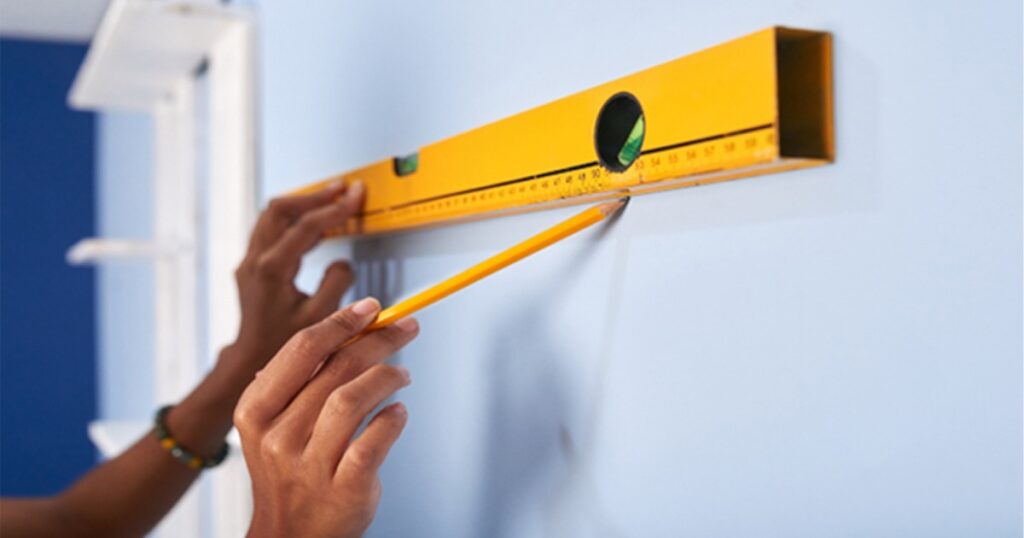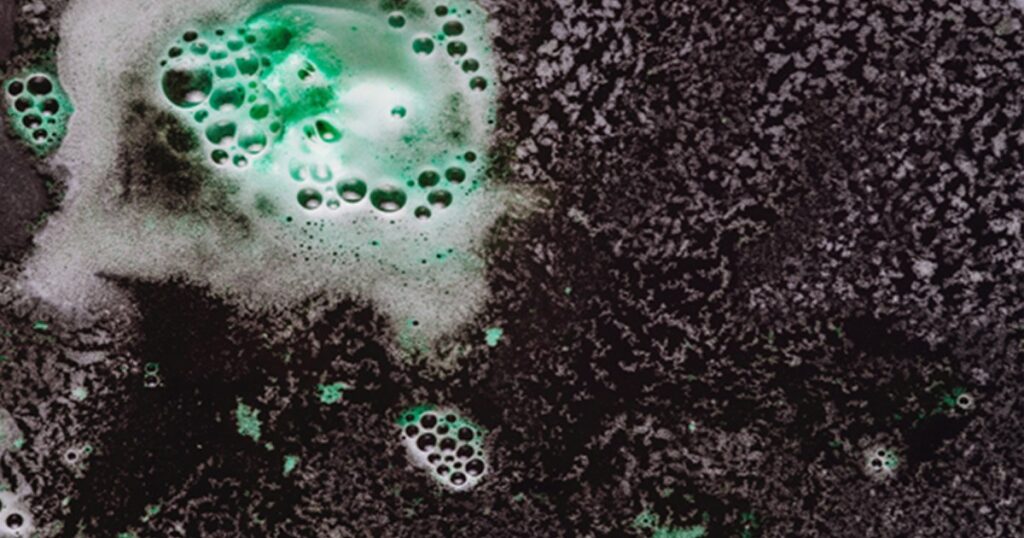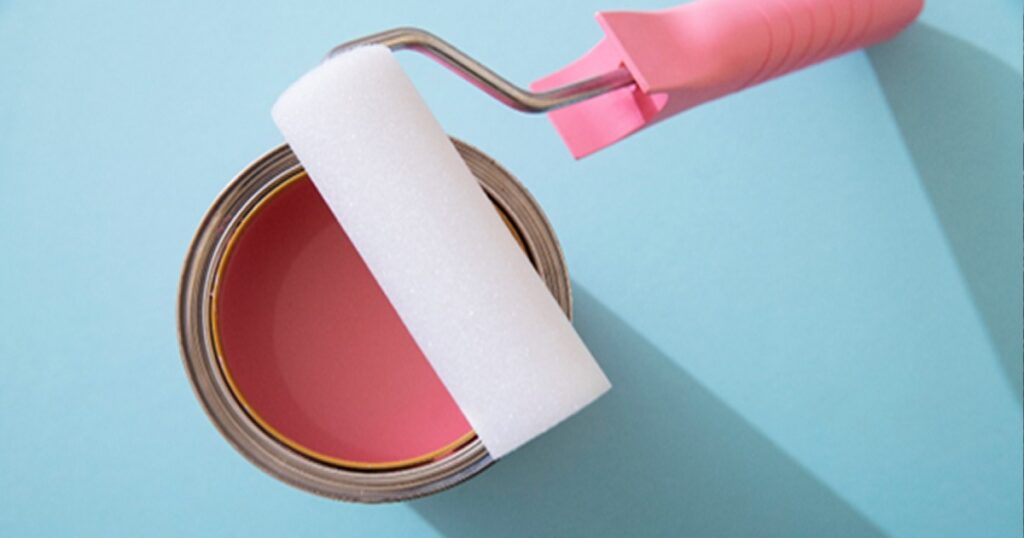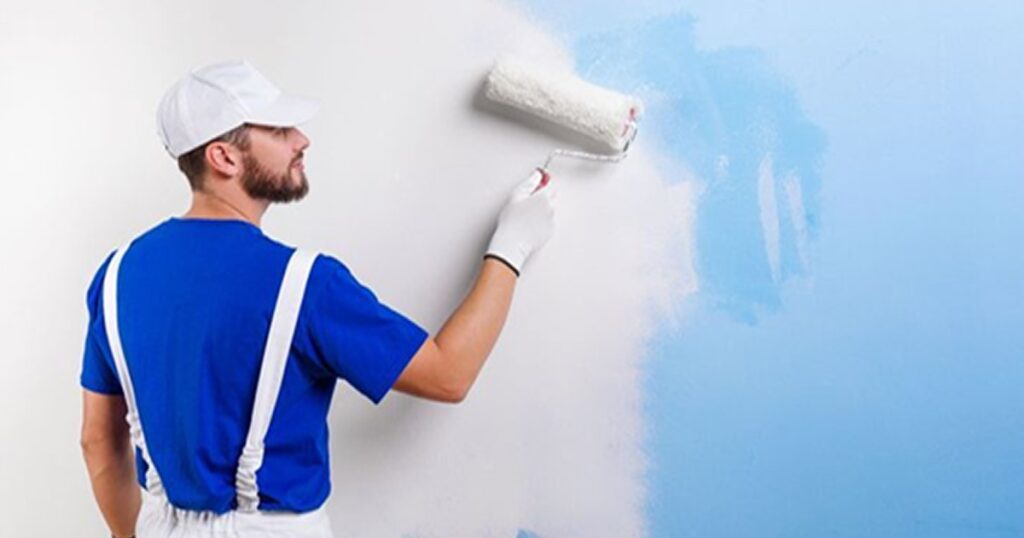
With regard to painting walls, many people obsess primarily over selecting the right colour. While colour is unquestionably a vital issue, the choice of primer is equally important for attaining a smooth, durable, and resilient finish. A primer plays the part of foundation for your paint job, so that the paint bonds well, covering flaws and the true colour of your paint radiates clearly. However, with so many options available, choosing the right primer for your walls is crucial for achieving a smooth, durable, and long-lasting finish.
A comprehensive guide is given below to help you make an informed decision.
1. Surface Assessment

Find out if you’re working with drywall, plaster, concrete or wood etc. There are specific primers meant for different surfaces. Evaluate the condition of the surface such as smoothness, stains, or existing paint. Select a primer that manages these concerns. If the walls are exposed to moisture, sunlight or harsh climate, then choose a primer which can resist them.
2. Type Of Paint
The type of paint you plan to use should determine your choice of primer. Before choosing a primer, it’s necessary to ascertain the kind of paint you will be using, since it’s best to match the type of primer with the paint. For instance, latex or water-based primers go well with latex paint.
3. Mould And Mildew Resistance

Choose primers that can resist mildew. In damp areas or in areas with high humidity, such as bathrooms and kitchens, it’s absolutely necessary to choose a primer that repels mildew and mould growth.
4. Tinted Primers

You can factor in using a tinted primer that matches your final paint colour for superior coverage and a smoother finish especially when using deep or bold colours. These primers are pre-tinted to almost resemble the ultimate paint colour, so that you are able to attain better coverage and hide flaws and blemishes on the surface of the wall and that too with fewer coats of paint.
5. Stain And Odour Blocking
Blots and blemishes from water, smoke, or grease can bleed through paint, generating ugly marks on your walls and if you’re painting over surfaces that have been exposed to smoke or pet odours, an odour-blocking primer can help offset these smells. Opt for a shellac-based primer which can seal stubborn stains and persistent odours from bleeding through paint.
6. Environmental Considerations

If you’re environmentally conscious, opt for low-VOC (Volatile Organic Compound) or zero-VOC primers. These products release fewer harmful chemicals into the environment, making them more harmless and more innocuous for both the painter and the surroundings. They also tend to be odourless, benefitting indoor projects.
7. Convenient Application Method

Select a primer that is in line with your chosen application method. There are primers meant for brush, roller, or spray can, regardless of the technique. Always abide by the manufacturer’s instructions for precise application and drying times. Applying a good primer will not only improve the appearance of your walls but also guarantee a more resilient and more attractive paint finish.
Tips for Application
- Clean the surface: Remove dirt, dust, and loose paint.
- Prime evenly: Use a roller or brush to apply a thin, even coat.
- Dry completely: Allow the primer to dry according to the manufacturer’s instructions before applying paint.
- Follow Instructions: Always follow the manufacturer’s instructions for application, drying time, and recoating.
- Use a Quality Roller or Brush: A good-quality roller or brush will ensure even application and prevent streaks.
By carefully considering these factors and following the application tips, you can select the perfect primer for your walls and ensure a successful painting project.
You can try using HomeSure Mastertouch Interior and Exterior Primers which are water-thinnable, fast-drying, and easy to apply. They bring about even, elegant and unwrinkled surfaces, excellent adhesion, superior coverage, and protection from algae and fungi as well.
